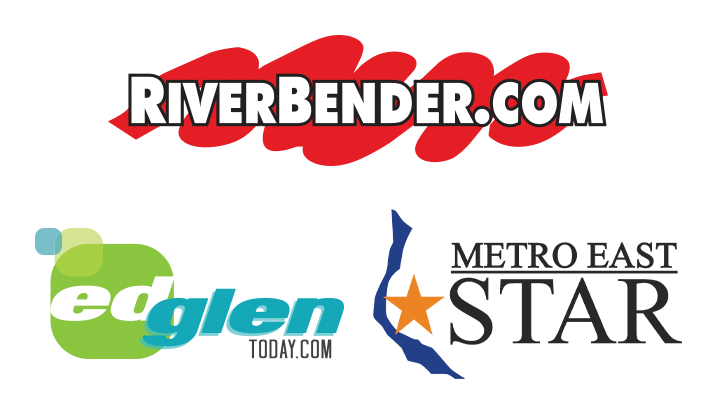 Did you know that 92% of people who set New Year’s goals never actually achieve them? This staggering statistic reveals a fundamental truth about ambition and the human experience: merely setting goals is often not enough. For meaningful personal growth, visualization and intentionality are key components that can transform aspirations into reality. One effective tool in this endeavor is the vision board—a powerful visual representation of your goals and dreams.
Did you know that 92% of people who set New Year’s goals never actually achieve them? This staggering statistic reveals a fundamental truth about ambition and the human experience: merely setting goals is often not enough. For meaningful personal growth, visualization and intentionality are key components that can transform aspirations into reality. One effective tool in this endeavor is the vision board—a powerful visual representation of your goals and dreams.
What is a Vision Board?
A vision board is a collection of images, words, and quotations that represent your aspirations and desired outcomes. It serves as a tangible reminder of what you want to achieve, helping to keep your goals front and center in your daily life. This creative process can be both inspiring and motivating, allowing you to visualize your future while fostering a sense of accountability.
The Psychological Basis: Why Vision Boards Work
The effectiveness of vision boards can be traced back to the principles of visualization and the law of attraction. Research shows that visualization can enhance performance and help individuals achieve their desired outcomes by reinforcing positive thinking patterns. When you visualize your goals, you activate the same neural pathways as if you were actually experiencing those outcomes. This creates a mental rehearsal that can improve your chances of success.
Moreover, vision boards can influence your subconscious mind, prompting you to notice opportunities and take actions that align with your goals. By surrounding yourself with images and affirmations that resonate with your desires, you begin to attract those experiences into your life.
Steps to Create Your Vision Board
Creating a vision board can be a deeply personal and rewarding experience. Here’s a step-by-step guide to help you embark on this creative journey:
1. Reflect on Your Goals
Before you start gathering materials, take some time to reflect on what you truly want. Consider different areas of your life, such as career, relationships, health, and personal development. Ask yourself thought-provoking questions like:
- What do I want to achieve in the next year?
- What are my long-term dreams?
- What feelings do I want to evoke in my life?
Jot down your thoughts to gain clarity on your aspirations.
2. Gather Materials
Once you have a clear understanding of your goals, gather materials for your vision board. You can choose a physical board or a digital platform. For a physical board, you’ll need:
- A poster board or corkboard
- Magazines or printed images
- Scissors and glue
- Markers or stickers
For a digital vision board, consider using tools like Canva, Pinterest, or even a simple document editor.
3. Curate Your Visuals and Affirmations
With your materials ready, start curating images and words that resonate with your goals. Look for visuals that evoke emotion and inspire you. You can cut out images from magazines, print pictures from the internet, or draw your own representations. Include inspirational quotes or affirmations that align with your vision.
4. Arrange Your Board
Now comes the fun part—arranging your visuals on the board. There’s no right or wrong way to do this; simply follow your intuition. You might choose to categorize your goals, create a collage, or arrange items in a way that feels aesthetically pleasing to you. The key is to make it visually appealing and meaningful.
5. Place Your Vision Board in a Prominent Location
Once your vision board is complete, place it somewhere you’ll see it daily—like your bedroom wall, office space, or digital device. The more you engage with your vision board, the more effective it will be in motivating you towards your goals.
Incorporating Your Vision Board into Daily Life
Creating the vision board is just the beginning. To maximize its impact, integrate it into your daily routine:
-
Daily Affirmations: Spend a few moments each day reading the affirmations on your board. This practice helps reinforce your goals and instills a positive mindset.
-
Visualization Exercises: Set aside time to visualize your goals as if they have already been achieved. Imagine how you would feel, what you would see, and the steps you would take to get there.
-
Regular Updates: As you achieve goals or as your aspirations evolve, update your vision board. Replace images or affirmations that no longer resonate and add new ones that reflect your current ambitions.
Real-Life Examples of Vision Board Success
Many individuals credit their vision boards for significant personal growth and achievements. For instance, Oprah Winfrey has long spoken about the power of visualization in her life, often using vision boards to manifest her goals. Similarly, Jim Carrey famously wrote himself a check for $10 million for “acting services rendered” and visualized receiving it, ultimately landing a role that paid him that exact amount.
These anecdotes serve as reminders that the process of creating a vision board can help you focus your energy and intention, making your dreams feel attainable.
Final Thoughts
Creating a vision board is more than just a craft project; it is a powerful tool for personal growth and transformation. By engaging in reflection, visualization, and daily reinforcement of your goals, you can cultivate a mindset that attracts success. As you embark on this journey, remember that the act of envisioning your future is the first step toward making it a reality. So gather those images, cut out those quotes, and let your vision board be a beacon guiding you toward the life you aspire to create.

